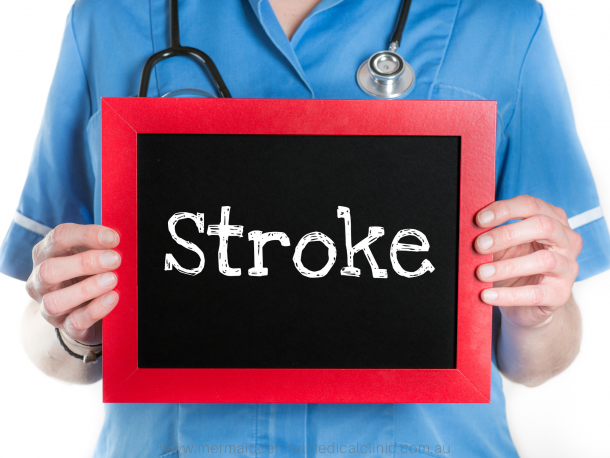LONG COVID – ITS RISKS AND MANAGEMENT – PART ONE
LONG COVID
A Series of Blogs Explaining Long Covid, Its Risks, and Management
Part One – Major Points
Around 30% of patients after a Covid infection continue to report an array of persistent symptoms after infection, with these changes up to and over 2 years and ongoing in roughly 1 in 8. Commonly reported symptoms range from fatigue and dyspnoea to “brain fog” with ongoing disability and disruption of work, social, and home lives.
Major Points about COVID
- Long Covid is not one condition.
- The Covid may continue to be active /reactive months after contact (sustained inflammation for at least 8 months, especially if unvaccinated
- It is a microembolic and inflammatory disease that may also add amyloid to fibrin with an increased risk of Alzheimers, Parkinsons, and neurodegenerative disorder in infants
- Microemboli are a result of histamine receptor 1 (H1) induced fibrinogen. Increased TLR expression and TLR-mediated platelet activation during COVID -19 appear to enhance vascular and coronary thrombosis
- Microglial activation is the most common brain pathology found in patients who died of COVID-19: 42% are affected, and another 15% have microclots in brain tissue.
- Cytokine-induced central sensitisation (inflammatory activation of glial/microglial cells and neuropathic inflammation) is the key driver of the autonomic and inflammatory instability in POTS and the POTS-type of PACS patients. People with cancer are at a higher risk if they contract COVID.
- It may reactivate earlier problems eg. EBV, shingles, HSV and stay in cell nuclei
- It appears to be co-related with aggressive malignancy (thought to be Interferon 1 and Natural Killer (NK) cell dysfunction) -no formal data as yet available, but raises concerns over increased malignancy rate
- There is a poor prognosis in obesity, diabetes, hypertension, and atherosclerosis
- Over 65 – 60+% increased cardiovascular or cerebrovascular events in the next 12 months
- The risk of cardiovascular disease doubled in people who had two infections and tripled in those who had been infected three times. The numbers translate into 50 extra cases of heart disease per 1,000 people who’ve had COVID-19 twice.
- High incidence of new diabetes
- All the POTS-type PACS patients have underlying conditions that require investigation and management
- Increasing evidence of neurodegenerative disease, including neonates.Common problems in Long COVID:
- Fatigue, brain fog and shortness of breath
- Over 65- 60+% increased cardiovascular or cerebrovascular event in the next 12 months
- Change in microbiome
- High incidence diabetes
- Increased incidence of autoimmune disease
- Neural sensitisation with autonomic dysfunction, triggering multiple problems including Postural Orthostatic Tachycardia Syndrome (POTS.)
- Potential for increased malignancy
The details on all aspects and background research are freely available on my website: mcmc-research.com
Research is ongoing and future updates will continue to be posted here, which will include more information about prevention and management.
Dr Graham Exelby
November 30, 2022







